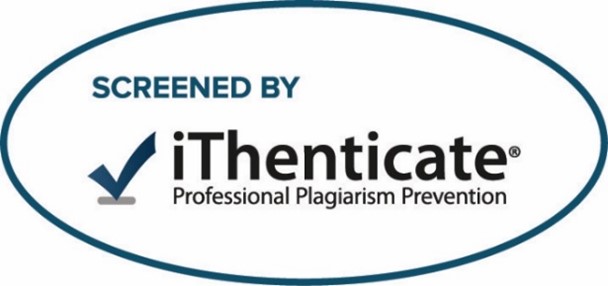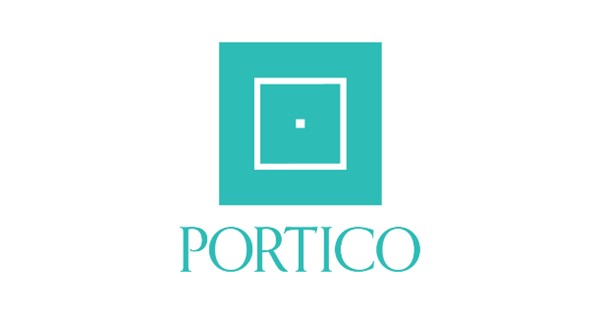Article Type
Original Article
Section/Category
Orthodontics and Dentofacial Orthopedics
Abstract
Objectives: to evaluate the effect of debonding methods of metallic orthodontic bracket bonded to monolithic zirconia restoration on it’s surface topography. Materials and Methods: Twenty-eight zirconia ceramic restorations were prepared and air abraded. Then twenty-eight metal orthodontic brackets were bonded using MDP containing bond for group M and Non-MDP containing bond for group N. All bonded slices were aged by thermocycling for 5000 cycles. Debonding of the brackets were done by two methods subgroup (L) the brackets was debonded by LASER and subgroup (C) the brackets debonded by conventional bracket removal plier. Results: Regarding MDP-containing Bond: The mean surface roughness was relatively consistent between laser (19.10 ± 0.83 um) and conventional methods (18.27 ± 1.65um), with no statistically significant difference (p = 0.258). Regarding Non-MDPcontaining Bond*: The surface roughness varied significantly between laser (15.01 ± 0.52um) and conventional debonding methods (26.54 ± 0.57um), with a highly significant difference (p < 0.001). This indicates that the choice of debonding method greatly affects surface roughness when using Non-MDP-containing bonds. Conclusions: Selecting appropriate bonding and debonding combinations to control surface roughness in zirconia after orthodontic brackets. The choice of debonding method greatly affects surface roughness when using Non-MDP-containing bonds. The differences observed in surface roughness across different combinations underscore the need for further research to optimize these procedures for enhanced clinical outcomes.
Keywords
Zirconia, Orthodontic bracket, Surface topography, LASER.
How to Cite This Article
Elbialy D , Wahsh M , Sabet N , Hussein G .
Effect of Debonding Methods of Metallic Orthodontic Bracket Bonded to zirconia on its Surface Topography.
Mans J Dent.
2024;
12(1):
Available at:
https://doi.org/10.61793/2812-5479.1143
Creative Commons License

This work is licensed under a Creative Commons Attribution-NonCommercial-No Derivative Works 4.0 International License.








